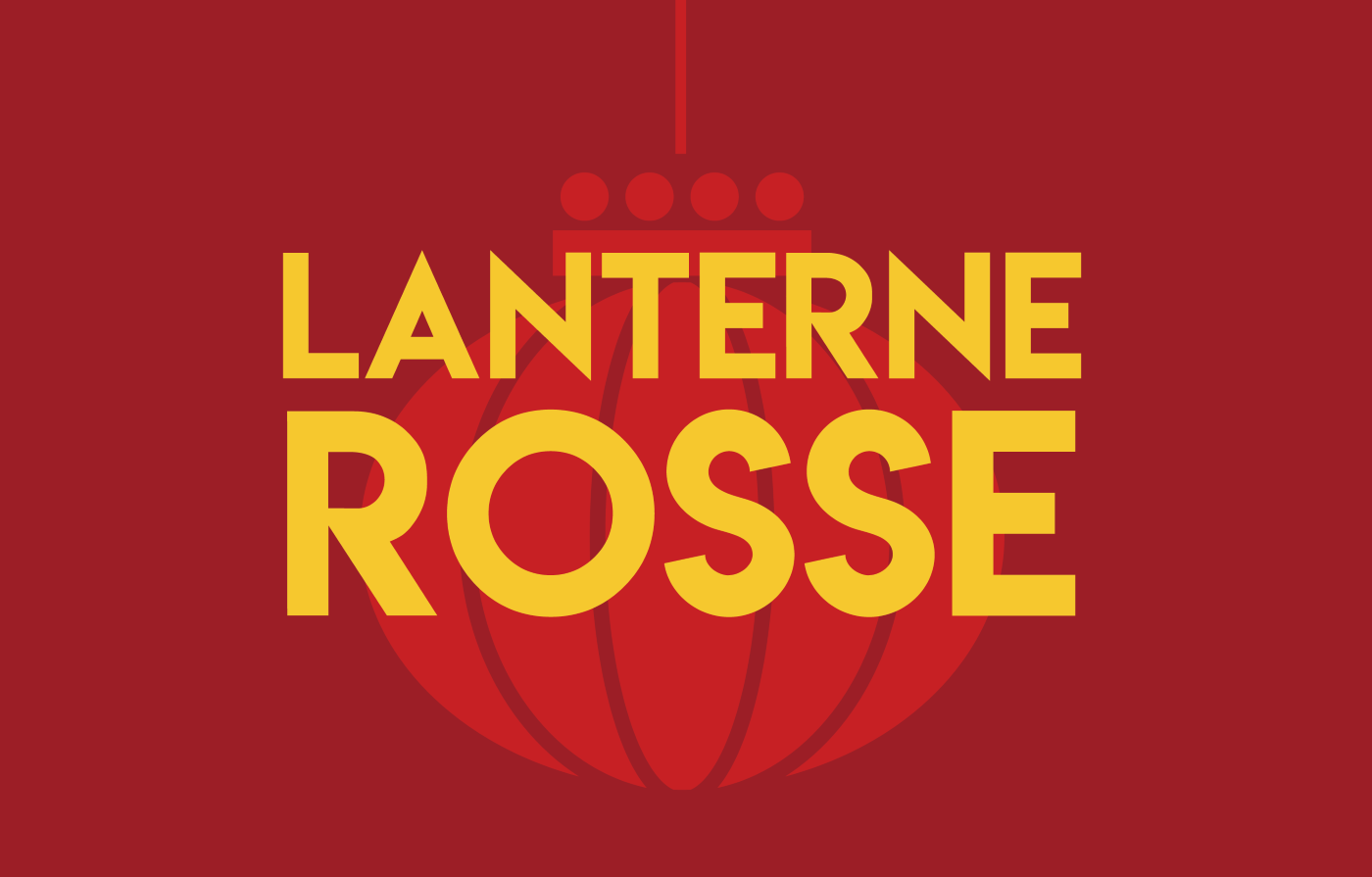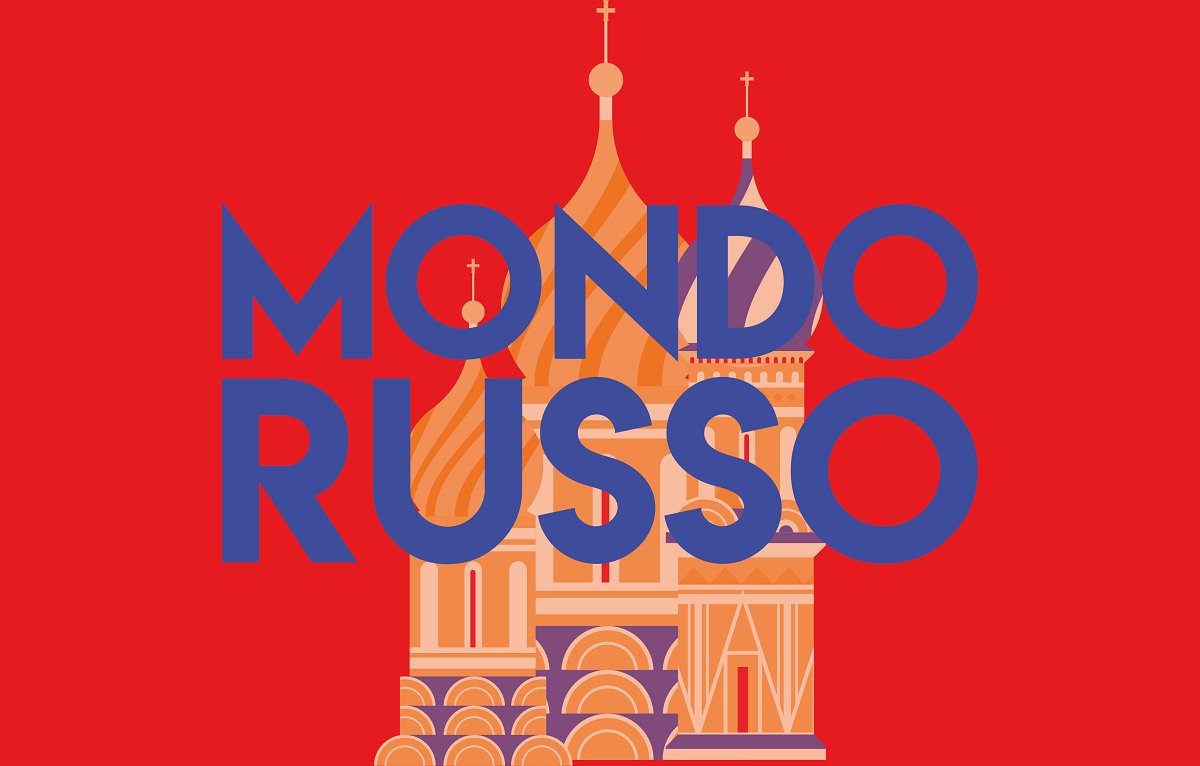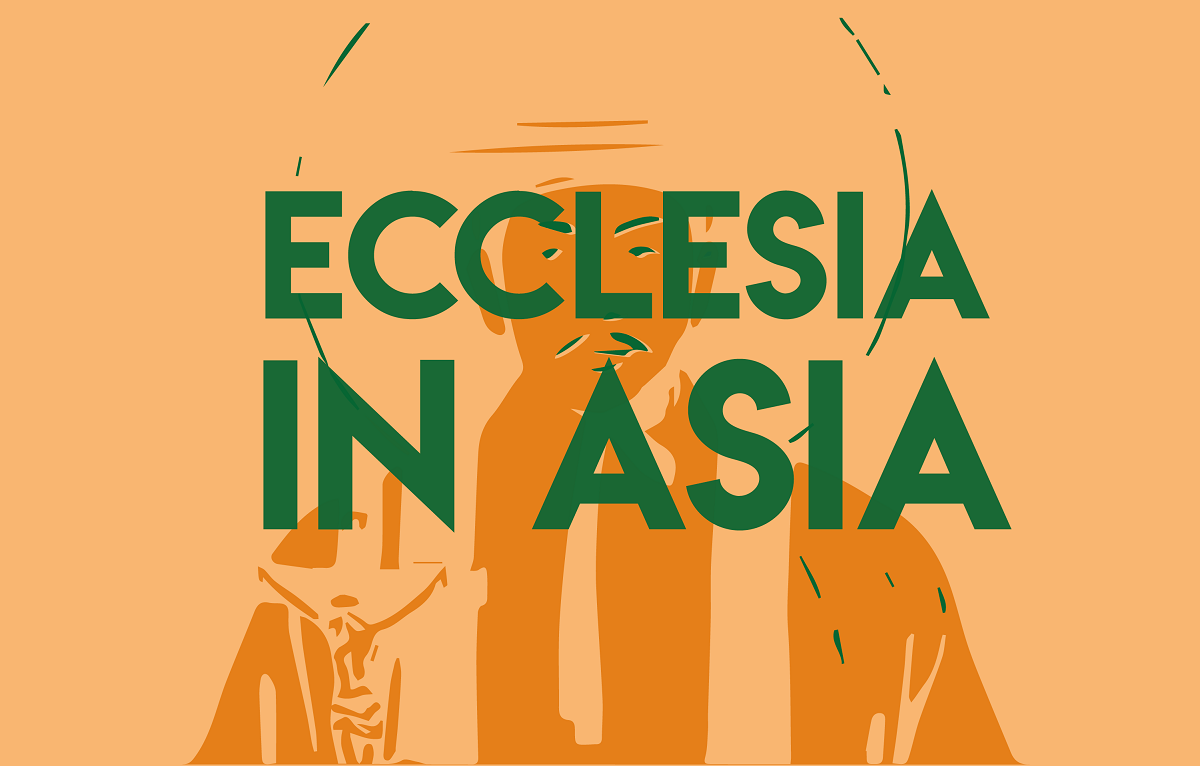25 years of China's Holy Martyrs: Yesterday's controversy, today's silence
1 October marked the anniversary of the canonisation desired by John Paul II which gave rise to the most conflictual moment in relations between Beijing and the Holy See. In the context of today's dialogue with the Beijing authorities, marking the feast may be cause for embarassment for some but the Chinese Catholic community has the right to remember and honour its martyrs, just like other churches around the world.
Milan (AsiaNews) - Last Wednesday, 1 October, marked the 25th anniversary of the canonisation of 120 Chinese martyrs, including Alberico Crescitelli, the only saint from PIME. It was an anniversary that passed in silence, but I remember the enormous impact that the event had on all those involved in the affairs of the Church in China, including the then director of the PIME Centre, Fr Giancarlo Politi.
The canonisation had caused a serious crisis between the Holy See, the Catholic Church and the political authorities in China. Perhaps the subject is still embarrassing today. The Holy See is committed to implementing the 2018 agreement with Beijing, hoping for better results, and certainly the story of the martyrs is, unfortunately, a divisive issue.
I believe we cannot forget the spiritual, ecclesial and evangelising value that the memory of their 120 holy martyrs has for Catholics in China. Churches in East and Southeast Asia, such as those in Korea, Japan, Vietnam and the Philippines, devoutly celebrate their holy martyrs, promoting the places and stories of their witness.
In China, this is not possible. Although for many this impossibility is so obvious that they do not even consider it reprehensible, I would like to reiterate that the Chinese Catholic community has the right to remember and honour its martyrs, like other churches around the world.
The 120 martyrs of China include 87 Chinese (among whom were very young boys and girls) and 33 foreign missionaries, both men and women. These are stories of Chinese faithful and missionaries spanning a period of three centuries: from 1648 to 1930. Most of them gave their lives during the so-called Boxer Rebellion (1900).
Before making hasty judgements, it would be good to get to know each of them closely: you would discover exemplary stories of people who were simply loyal to their faith in dramatic circumstances. Most of them consciously chose death rather than renouncing their faith.
The events concern very different historical and political contexts prior to the advent of the People's Republic of China. Although none of the martyrs were victims of the current political order, the Beijing government reacted very hostilely to these canonisations. The martyrs were labelled as unpatriotic and victims of foreign propaganda.
The missionaries were branded as imperialists, and three of them, including our own Alberico Crescitelli, were accused of being criminals. Furthermore, the authorities considered the choice of 1 October, the national holiday of the People's Republic of China, as a provocation and a challenge.
At the time, I was serving at the Holy Spirit Study Centre in Hong Kong, and we produced extensive documentation commenting on the implications of the affair and providing in-depth information on the lives of the martyrs and the historical circumstances of their martyrdom, responding in a documented manner to the denigrating accusations.
Chinese Catholics, both from the official and underground communities, honoured the saints in various ways, always in a non-public manner. I remember well how in Hong Kong the Catholic community, led by Cardinal John B. Wu, celebrated a solemn Mass in honour of the saints despite the invitation from Beijing representatives in the city to do so in a “low key" manner.
Aware of the unfavourable reaction of the Beijing authorities, during the canonisation ceremony in St Peter's Square, John Paul II stated that it was not the time for historical or political analysis, and that there would be other moments to study and reflect on what had really happened.
On this occasion, the Pope said, the Church proclaims only the heroic and Christian virtues of the martyr saints, ‘an example of courage and consistency for all of us and who do honour to the noble Chinese people’.
Subsequently, John Paul II wrote a personal letter to the then Chinese President, Jiang Zemin (other letters had been written on previous occasions). In that specific letter, the Pope explained that his intention had been to honour the Chinese people and that the Church did not intend to make a historical or political judgement on complex situations. Jiang Zemin did not reply.
The Holy See reiterated that the choice of date was not intended to be disrespectful to China. The person who controlled the Pope's agenda at the time, the influential personal secretary Stanisław Dziwisz, may even have been unaware of the sensitive nature of that day for the Chinese regime. As 1 October 2000 was a Sunday, during the Holy Year and the feast day of the patron saint of missions, St. Thérèse of Lisieux, it had been reserved for possible canonisations since 1998.
The canonisation in October 2000 marked the lowest point in relations between the Chinese government and John Paul II, who later made a final overture to China on the 400th anniversary of Matteo Ricci's arrival in Beijing (24 October 2001).
In his message, the Pope stated that he wanted to follow in the footsteps of Ricci, whose first book in China (1595) is significantly entitled Friendship. The Church, said the Pope, does not seek privileges but friendship, mutual respect and freedom.
John Paul II also expressed regret for the mistakes made in the past by missionaries and people of the Church: ‘I regret that they have given many people the impression that the Catholic Church lacks respect and esteem for the Chinese people, leading them to think that it was motivated by feelings of hostility towards China. For all this, I ask for forgiveness and understanding.’ It was a gesture of great magnanimity and friendship.
I like to think that soon the holy martyrs of China will no longer be a problem but a deposit of faith from which to draw. They are men and women who were victims of violence; they did not seek conflict but suffered it, giving their lives in the name of an ideal. For this reason, believers and non-believers alike can reserve devotion and respect for them.
ECCLESIA IN ASIA IS THE ASIANEWS NEWSLETTER DEDICATED TO CHRISTIAN COMMUNITIES IN ASIA. WOULD YOU LIKE TO RECEIVE IT EVERY SUNDAY? TO SUBSCRIBE, CLICK HERE.
21/07/2005





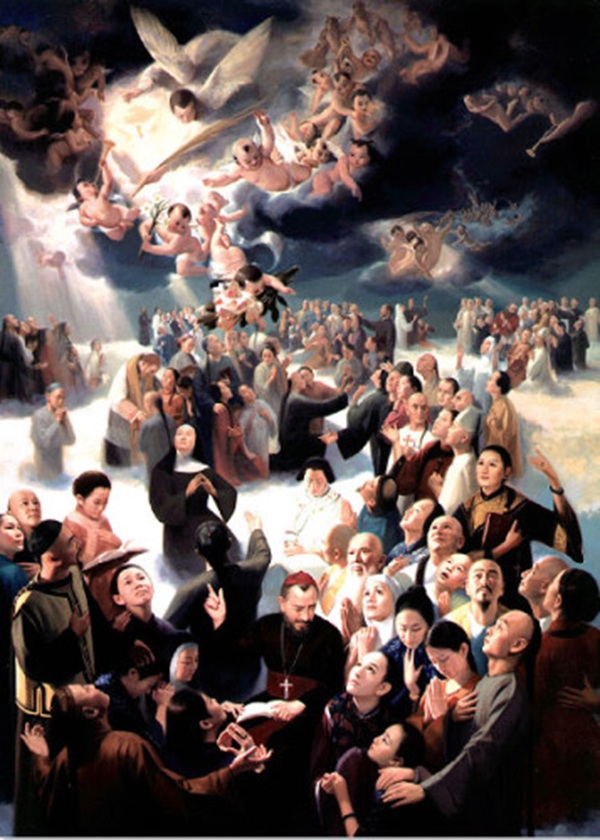
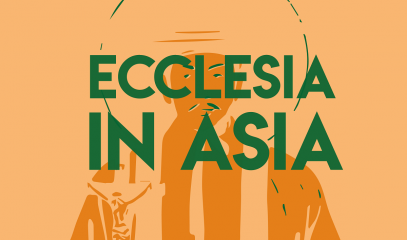

.png)

